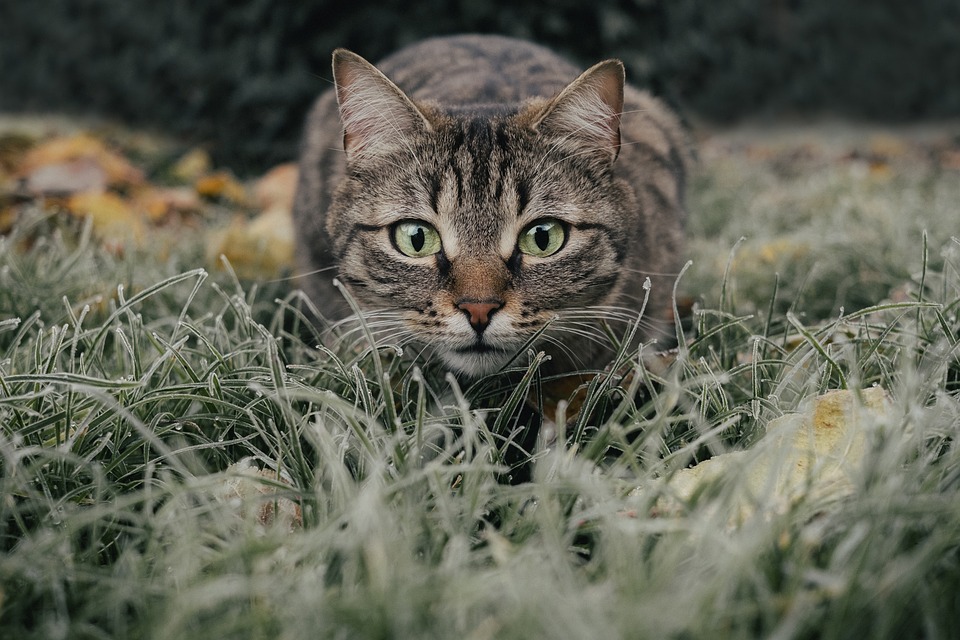Understanding Why Cats Scratch Furniture: A Guide for Pet Owners
Introduction:
Cats are known for their natural instinct to scratch, but many pet owners find this behavior frustrating, especially when it leads to damage on their furniture. However, it’s important to understand that scratching is a normal behavior for cats and serves several purposes. By understanding why cats scratch and how to manage this behavior, pet owners can create a harmonious environment for both themselves and their feline companions.
Section 1: Why Do Cats Scratch?
1.1 The Purpose Behind Scratching:
Scratching is a multi-purpose behavior for cats. It serves as a way for them to mark their territory, leaving both visual and scent marks. Additionally, scratching helps cats stretch and strengthen their muscles. Lastly, it serves as a way for cats to maintain their nails by removing the outer sheaths.
1.2 The Role of Scratching in Emotional Well-being:
Scratching also plays a role in a cat’s emotional well-being. It provides stress relief and can help cats express their emotions, such as frustration or excitement.
Section 2: Identifying Furniture as a Target
2.1 Texture Preferences:
Cats have different texture preferences when it comes to scratching. Some may prefer upholstered furniture, while others may prefer wooden surfaces or carpeted areas. Understanding your cat’s texture preference can help in managing furniture scratching.
2.2 Location Preferences:
In addition to texture, cats also have location preferences when it comes to scratching. They may choose high-traffic areas, near entryways, or their favorite resting spots. Identifying these preferences can help redirect their scratching behavior.
Section 3: Managing Furniture Scratching
3.1 Provide Suitable Alternatives:
To prevent furniture scratching, it’s important to provide suitable alternatives. Scratching posts and boards, cat trees and condos, and horizontal scratching surfaces are all great options for redirecting your cat’s scratching behavior.
3.2 Encouraging Use of Alternatives:
Simply providing alternatives may not be enough. Encourage your cat to use these alternatives by placing treats and toys near the scratching areas, using catnip or pheromone sprays, and providing positive reinforcement when they use the designated scratching surfaces.
3.3 Protecting Furniture:
While redirecting your cat’s scratching behavior, it’s also important to protect your furniture. Applying sticky tape or double-sided tape to the areas your cat scratches can deter them from using those surfaces. Furniture covers or throws can also be used to protect your furniture. Regularly trimming and maintaining your cat’s nails can also minimize the damage caused by scratching.
FAQs (Frequently Asked Questions):
Q1: Is scratching furniture a sign of misbehavior or aggression in cats?
Q2: Should I declaw my cat to prevent furniture scratching?
Q3: How can I prevent my cat from scratching my brand-new furniture?
Q4: My cat only scratches furniture when I’m not home. What can I do?
Q5: Can I train an adult cat to use a scratching post?
Conclusion:
Understanding why cats scratch furniture is crucial for pet owners. By recognizing the natural behavior of scratching and providing suitable alternatives, pet owners can create a harmonious environment for both themselves and their feline companions. By promoting a positive and understanding approach, furniture scratching can be managed effectively, allowing pet owners to enjoy a scratch-free home.








